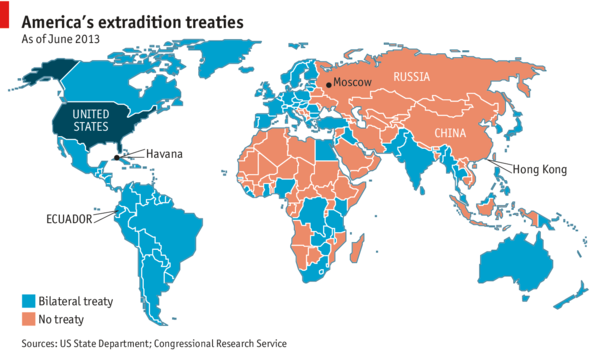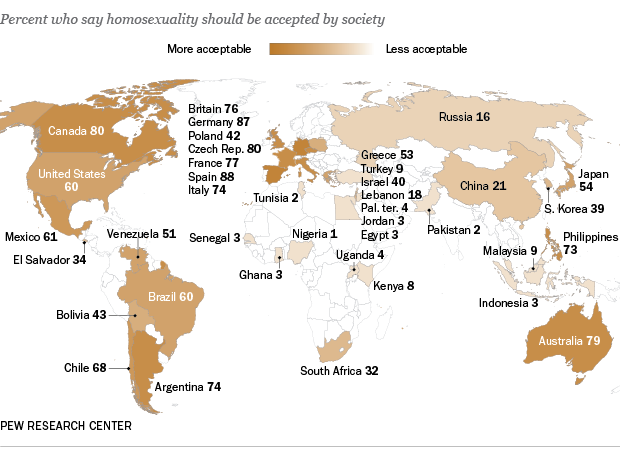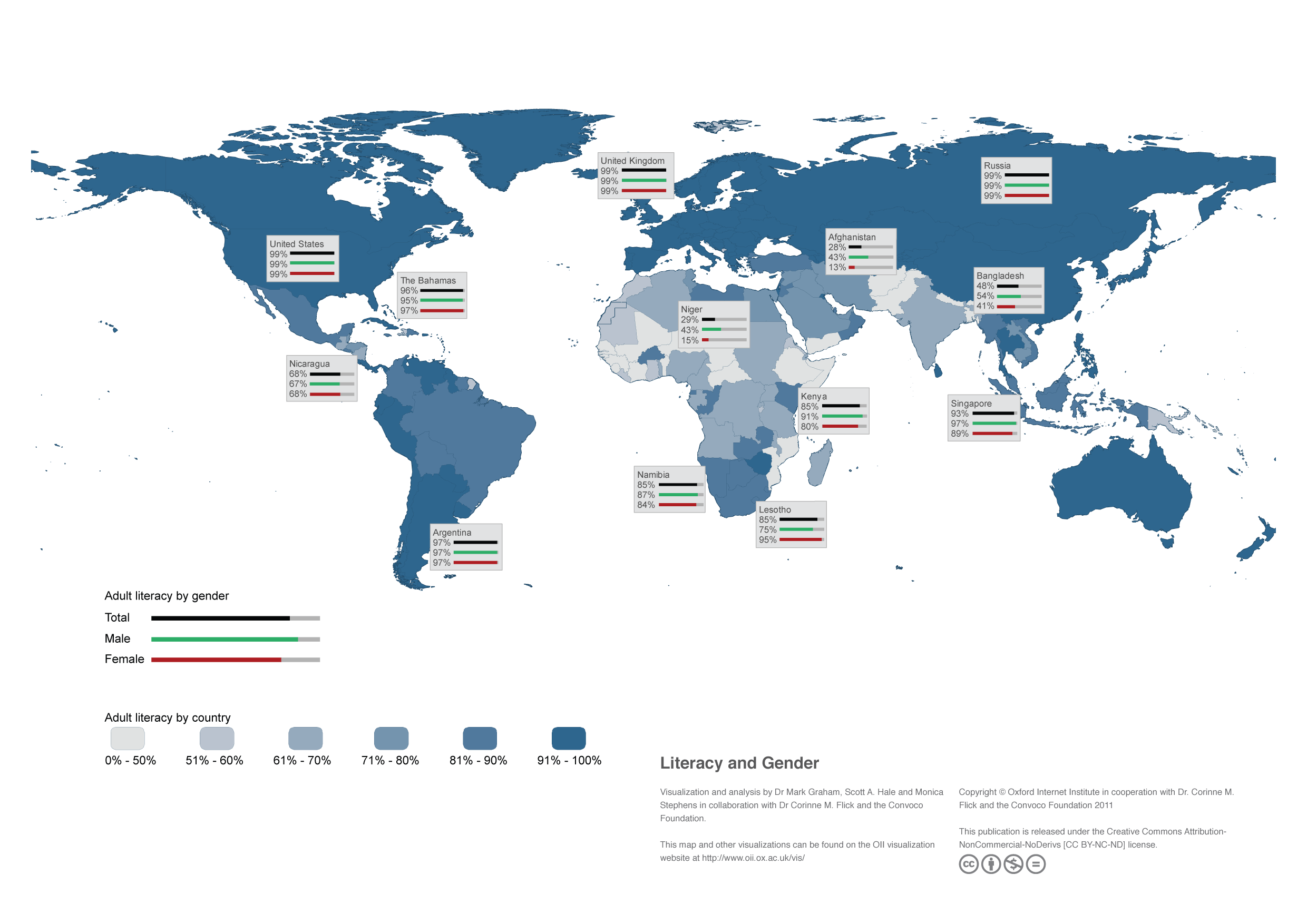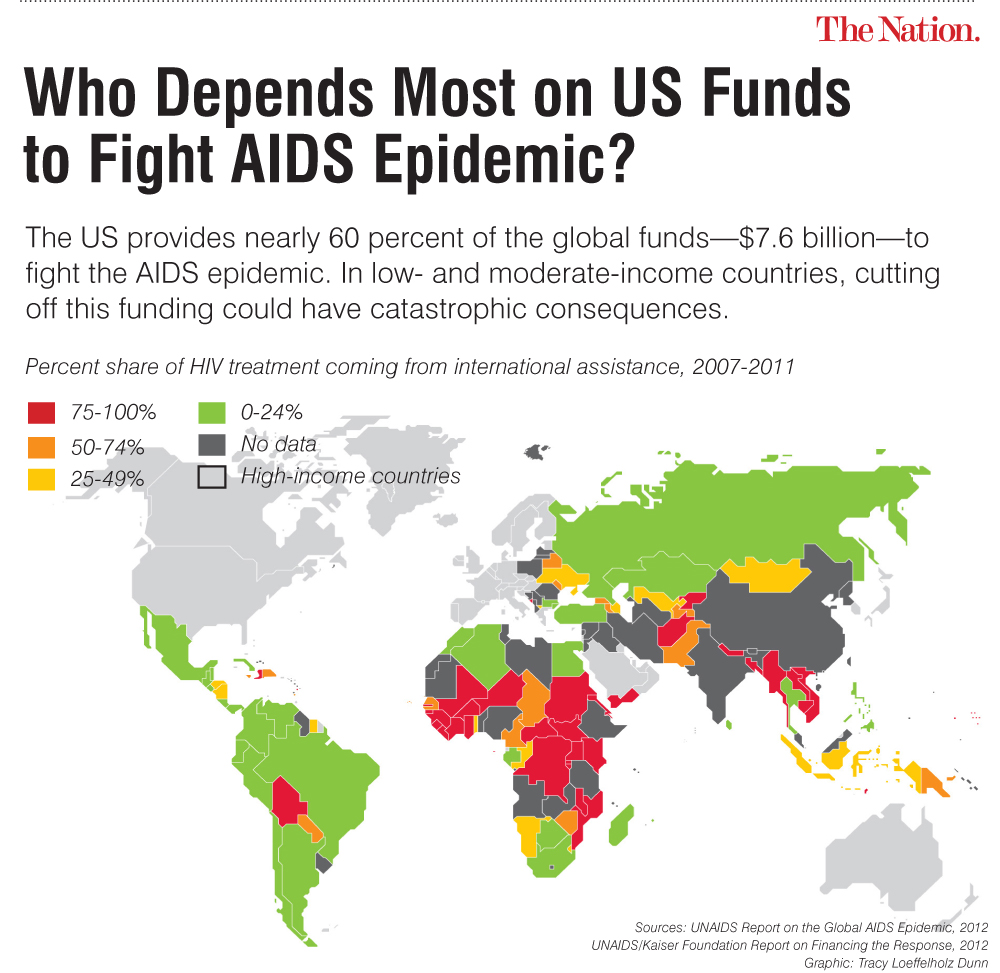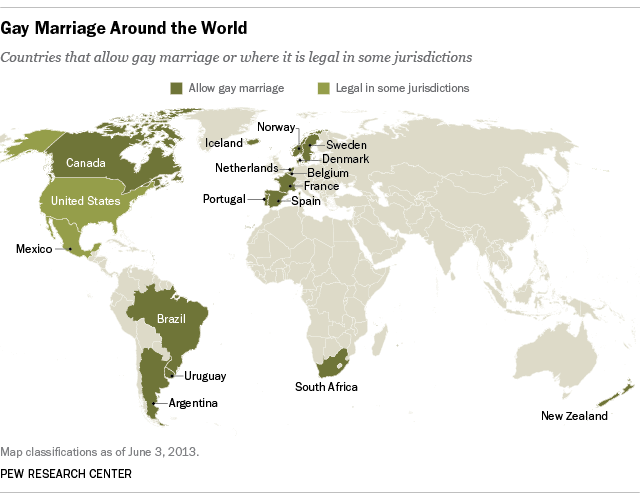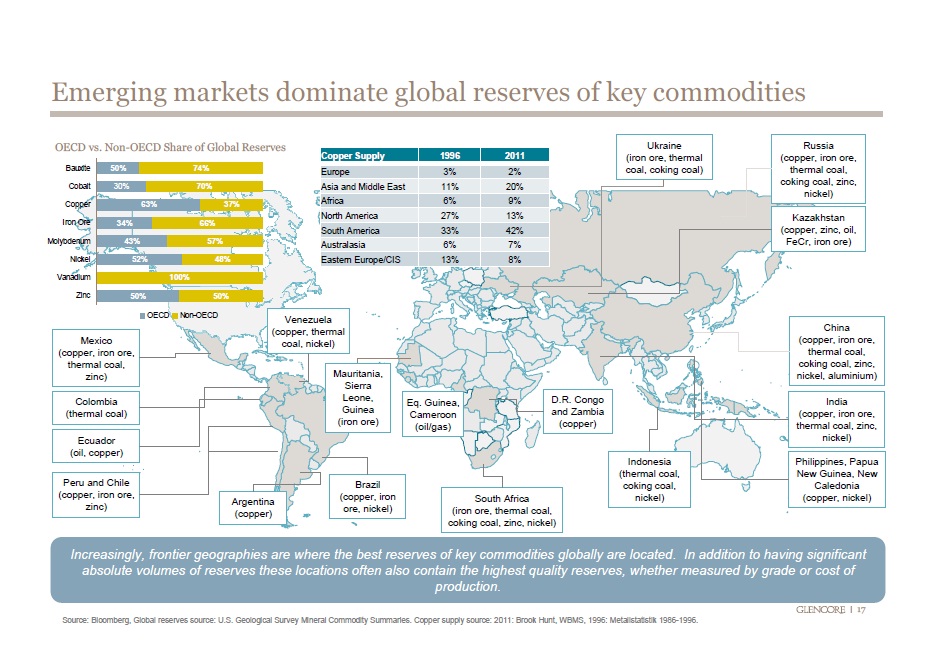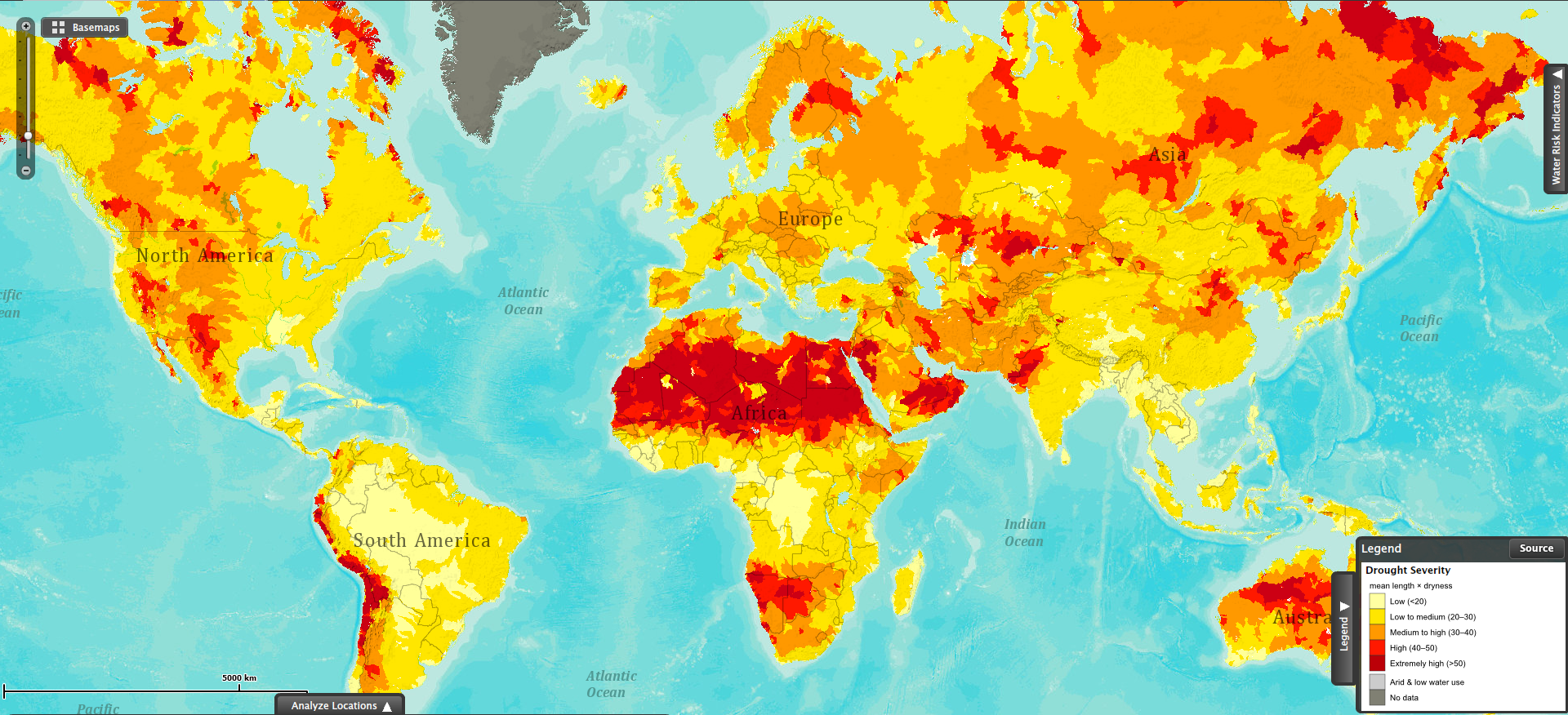 Latin American countries along with countries in the Middle East and Africa have the most restrictive abortion laws.
Latin American countries along with countries in the Middle East and Africa have the most restrictive abortion laws.
According to this map by the Center for Reproductive Rights, in countries like Argentina, Brazil, Mexico, Venezuela, Syria, Iran, Iraq, Afghanistan, Yemen, Oman, Egypt, Libya, Indonesia, etc. (shown in red) abortions are allowed in some cases only to save a woman’s life, or in most cases they are banned altogether.
In general, most developed nations have less restrictive abortion laws, although some 12 states in the U.S. have passed more restrictive laws banning abortion after 20 weeks of gestation.
